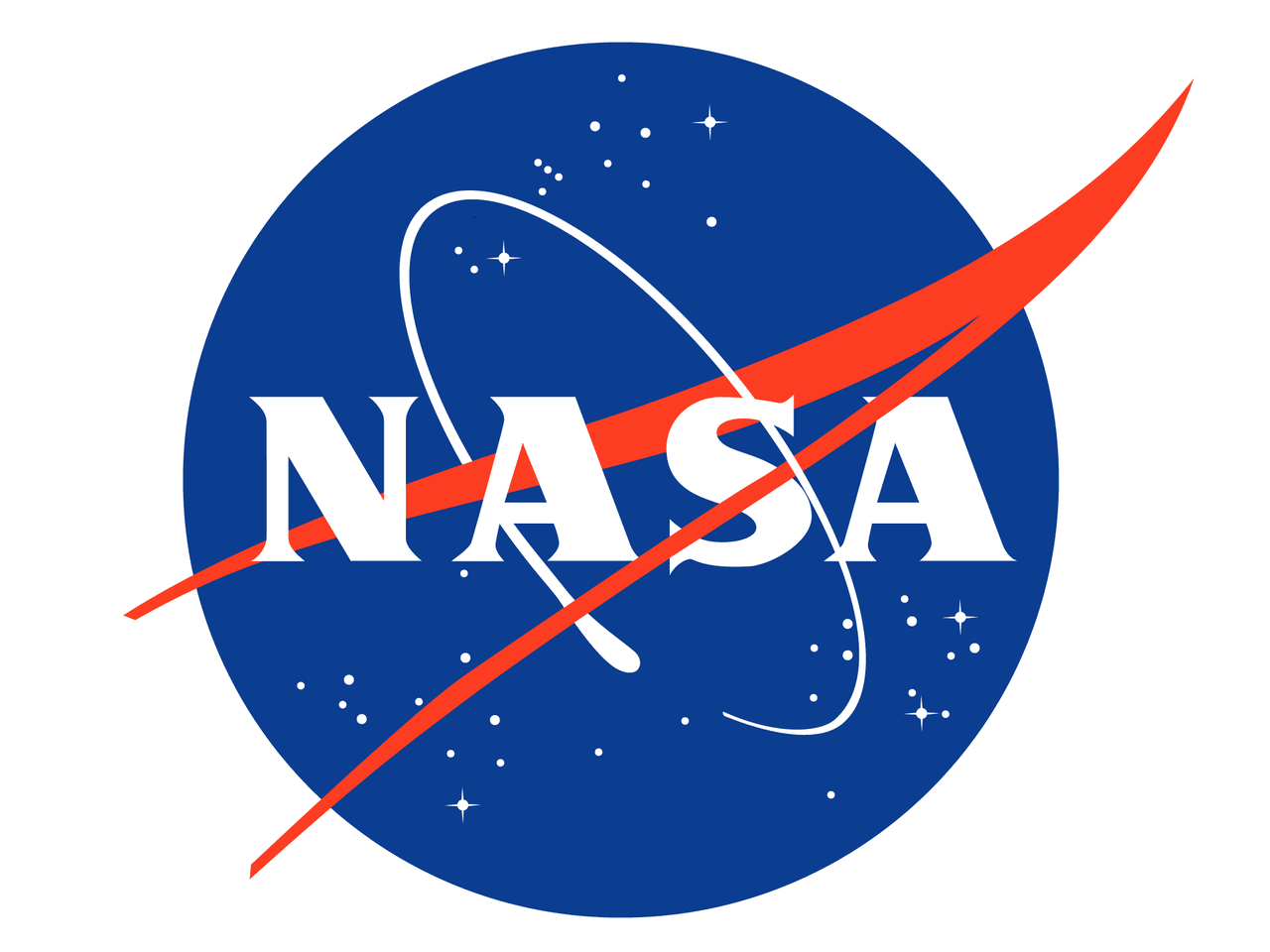8 NASA High School Internships that Should Be on Your Radar
If you're a high school student interested in science, engineering, or space exploration, NASA offers some great high school internships you should consider. These programs are a rigorous opportunity to experience real-world research, technology, and innovation at one of the world’s most respected scientific organizations. Unlike costly summer camps or extracurriculars that may require you to move cities or states, many of these internships are free to attend, and some even come with a stipend!
Many of these high school internships are highly exclusive; beyond just being an academic exercise, they help you develop problem-solving skills, teamwork, and teach you how to work in professional settings. You'll gain mentorship from NASA engineers and professional researchers while working on projects directly linked to NASA’s active missions. Having such a NASA internship on your resume makes it stand out when applying to college or future internships.
Below are 8 NASA high school internships that are worth exploring!
1. NASA STEM Enhancement in Earth and Space Science (SEES)
Location: University of Texas at Austin + Remote
Acceptance Rate: Around 10%
Cost: Free; housing and meals provided during the residential portion
Dates: May to July
Application Deadline: February 22
Eligibility: U.S. high school sophomores or juniors; 16+ by July 5; Interested in STEM
Offered through a partnership with the University of Texas at Austin, SEES gives you the chance to work with NASA scientists and engineers on Earth and space science research. During these high school internships, you will engage in both on-site and virtual projects, with online learning modules as well as a two-week internship at the University.
Available topics range from planetary exploration, satellite data interpretation, and Earth systems to remote sensing, natural hazards, and climate science, all under the guidance of NASA scientists and university researchers. You’ll get to work with real satellite data and conduct a hands-on project to be presented at an end-of-program symposium to NASA experts.
2. NASA Internships (via NASA’s Office of STEM Engagement)
Location: Various locations across the U.S. + Remote
Acceptance Rate: Highly selective
Stipend: Paid and unpaid internships are available
Dates: Multiple internships available throughout the year; Specific dates vary
Application Deadline:
Spring: September 12
Summer: February 27
Fall: May 16
Eligibility: U.S. citizens in high school (age 16+) with a minimum GPA of 3.0
NASA’s Office of STEM Engagement (OSTEM) offers several remote and in-person high school internships in various NASA centers across the country.. As an intern, you’ll get to explore a range of fields, including robotics, computer science, and aeronautics. You will be matched with NASA mentors, real scientists and researchers, and will work with them on projects related to NASA’s active missions.
3. Virginia Space Coast Scholars (VSCS)
Location: Hybrid; NASA’s Wallops Flight Facility, Wallops Island, VA
Acceptance Rate: Highly competitive
Cost: Free
Dates: July 5 – August 8
Application Deadline: August 15 – October 26
Eligibility: U.S. 10th-grade students enrolled in Virginia high schools; Should have at least a GPA of 2.7
VSCS is a free online and residential program for Virginia high school sophomores that focuses on aerospace missions and careers. It involves a five-module online STEM course that teaches you about how science influences engineering and technology designs, mission-related aerodynamics, science and physics concepts, and more. You’ll also develop time management skills and technical writing skills.
Once that’s completed, outstanding students will be invited to a summer academy at the NASA Wallops Flight Facility in Virginia. There, you’ll get to learn from NASA professionals about the latest cutting-edge technologies and how they are being used in NASA’s missions.
4. NASA GeneLab for High Schools (GL4HS)
Location: Virtual
Cohort Size: Around 800 students per year
Cost/Stipend: Free; No stipend
Dates: June 2 – August 29
Application Deadline: April 9
Eligibility: Rising high school juniors and seniors; U.S. citizens with a strong background in biology and computer science; A minimum GPA of 3.0.
GL4HS is an asynchronous, twelve-week competitive summer program at NASA’s Ames Research Center that focuses on space biology. You will learn how spaceflight affects the human body and use NASA’s GeneLab database to conduct bioinformatics research. It’s a great opportunity to learn about advanced topics like bioinformatics, genetic codes, and computational biology.
You may also choose to participate in the Capstone Project in student teams of five. You will have to prepare a hypothesis-based research proposal that makes use of original analysis of dataset(s) from the Open Science Data Repository (OSDR), which you will present at a full-day competitive symposium. At the end of the Capstone presentation, you will receive a Capstone Certificate. The best eight student teams will be selected to present their research at the American Society for Gravitational and Space Research (ASGSR) conference!
5. Virginia Aerospace Science and Technology Scholars (VASTS)
Location: Hybrid; NASA’s Langley Research Center, Hampton, VA
Acceptance Rate: Highly selective
Cost: Free
Dates: June 21 – August 1
Application Deadline: August 15 – October 26
Eligibility: High school juniors and seniors with a GPA of at least 2.7; U.S. citizens and residents of Virginia
The Virginia Aerospace Science and Technology Scholars (VASTS) program is a free, virtual program that offers a seven-module course and the chance for outstanding students to participate in a week-long summer academy at NASA’s Langley Research Center in Hampton, VA. During the school year, you will spend around two weeks on each module and work to provide solutions to real-world questions, create designs for exploration vehicles and the International Space Station (ISS), and more. You’ll also develop your technical writing skills by participating in online forums on current space-related topics.
In the week-long academy, you will work with NASA professionals on special STEM projects, like designing a human mission to Mars. You’ll also get a tour of the NASA Langley facilities and attend seminars and talks led by astronauts, engineers, scientists, and other NASA experts.
6. NASA High School Aerospace Scholars (HAS)
Location: Hybrid; Johnson Space Center, Houston, TX
Acceptance Rate: Selective
Cost: Free; Half (or more) science elective credit may be awarded
Dates: 5-6 months from April to Early June/Late July
Application Deadline: August 26 – October 16
Eligibility: High school juniors in a Texas public or private school or homeschool program
The NASA High School Aerospace Scholars (HAS) offers Texas high school juniors a STEM engagement experience that comprises a five-month online course and a week-long virtual summer experience that’s open to selected finalists. The online course consists of five modules that focus on space exploration, Earth science, technology, and aeronautics. These modules are inspired by and will simulate the stages of a Moon and Mars mission.
Once that’s over, the highest-achieving students will be invited to a five-day virtual experience in the summer, where they will work with NASA scientists and engineers to plan an Artemis-themed mission to the moon and Mars. These NASA specialists will provide mentorship during the research and design phases and will also provide STEM career-related guidance. The top-performing teams are then invited to an all-expense-paid residential experience at NASA’s Johnson Space Center.
7. Langley Student Volunteer Program (LSVP)
Location: NASA Langley Research Center + Remote
Acceptance Rate: Selective
Stipend: Unpaid
Dates: Spring session: March 3 - May 30
Application Deadline: February 14
Eligibility: U.S. citizens aged 16+; Currently enrolled at least half-time in high school or higher education programs
As the name implies, the Langley Student Volunteer Program allows high schoolers to volunteer at the NASA Langley Research Center. It’s a great opportunity to work alongside NASA professionals and understand how the space agency operates and carries out its federal duties. The program allows you to gain insights into early career pathways while contributing to NASA’s projects. It offers both on-site and virtual opportunities to pursue, making it a highly accessible program.
8. Climate Change Research Initiative (CCRI) Internship
Location: NASA Goddard Space Flight Center, Greenbelt, MD + Remote
Acceptance Rate: Selective
Stipend: Not mentioned
Dates: June 30 – August 8
Application Deadline: February 28
Eligibility: U.S. citizens, high school sophomores, juniors, and seniors
NASA's CCRI is an interdisciplinary summer internship at the Goddard Space Flight Center (GSFC) for high schoolers interested in environmental science. In this internship, you will spend 6 weeks working with NASA scientists on research projects related to climate change, such as SnowEx and Soil Moisture Validation. The internship introduces you to climate research in a guided environment while being directly mentored by NASA scientists.
Image Source: NASA logo

